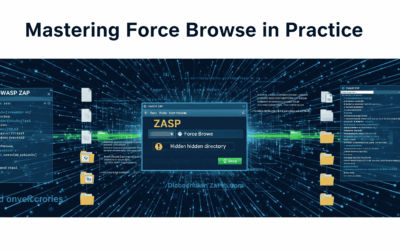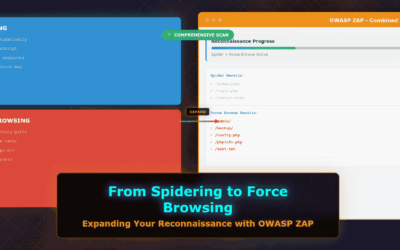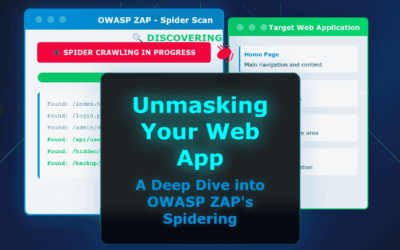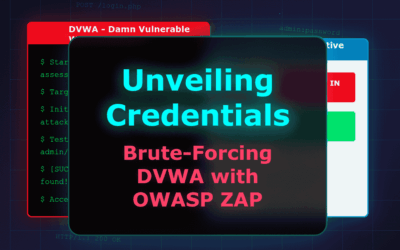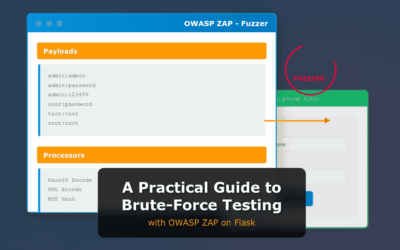Introduction In the intricate world of web application security, "force Browse" stands as a fundamental technique for uncovering hidden vulnerabilities. It's the art of systematically guessing or predicting URLs, directories, and files that might not be directly...
Sandbox99 Chronicles
From My Sandbox to Yours — Practical IT Insights.
Categories: Web Security
From Spidering to Force Browsing: Expanding Your Reconnaissance with OWASP ZAP
Introduction Web application security testing is a critical practice for identifying and mitigating vulnerabilities before they can be exploited. A fundamental step in this process is reconnaissance – gathering as much information as possible about the target...
Unmasking Your Web App: A Deep Dive into OWASP ZAP’s Spidering
Introduction Have you ever wondered if your web application has hidden corners or forgotten pathways that could be exploited? In the world of cybersecurity, understanding every inch of your application's surface is paramount. This is where web spidering comes into...
Unveiling Credentials: Brute-Forcing DVWA with OWASP ZAP
Introduction Welcome back, security enthusiasts! This marks the third installment in our series dedicated to the art and science of brute-force attacks. In our previous discussions, we've explored the fundamental principles of brute-forcing, and in our last blog, we...
A Practical Guide to Brute-Force Testing with OWASP ZAP on Flask
Introduction Welcome back to our web application security series! In our previous blog post, "Brute-Force Testing with Hydra on Flask", we delved into the mechanics of brute-force attacks and demonstrated how to leverage the powerful command-line tool Hydra against a...
Understanding the Four Modes of OWASP ZAP: A Guide to Effective Web Security Testing
Introduction In the ever-evolving landscape of web application security, tools that empower developers and security professionals to identify vulnerabilities are indispensable. Among these, OWASP ZAP (Zed Attack Proxy) stands out as a popular, free, and open-source...

